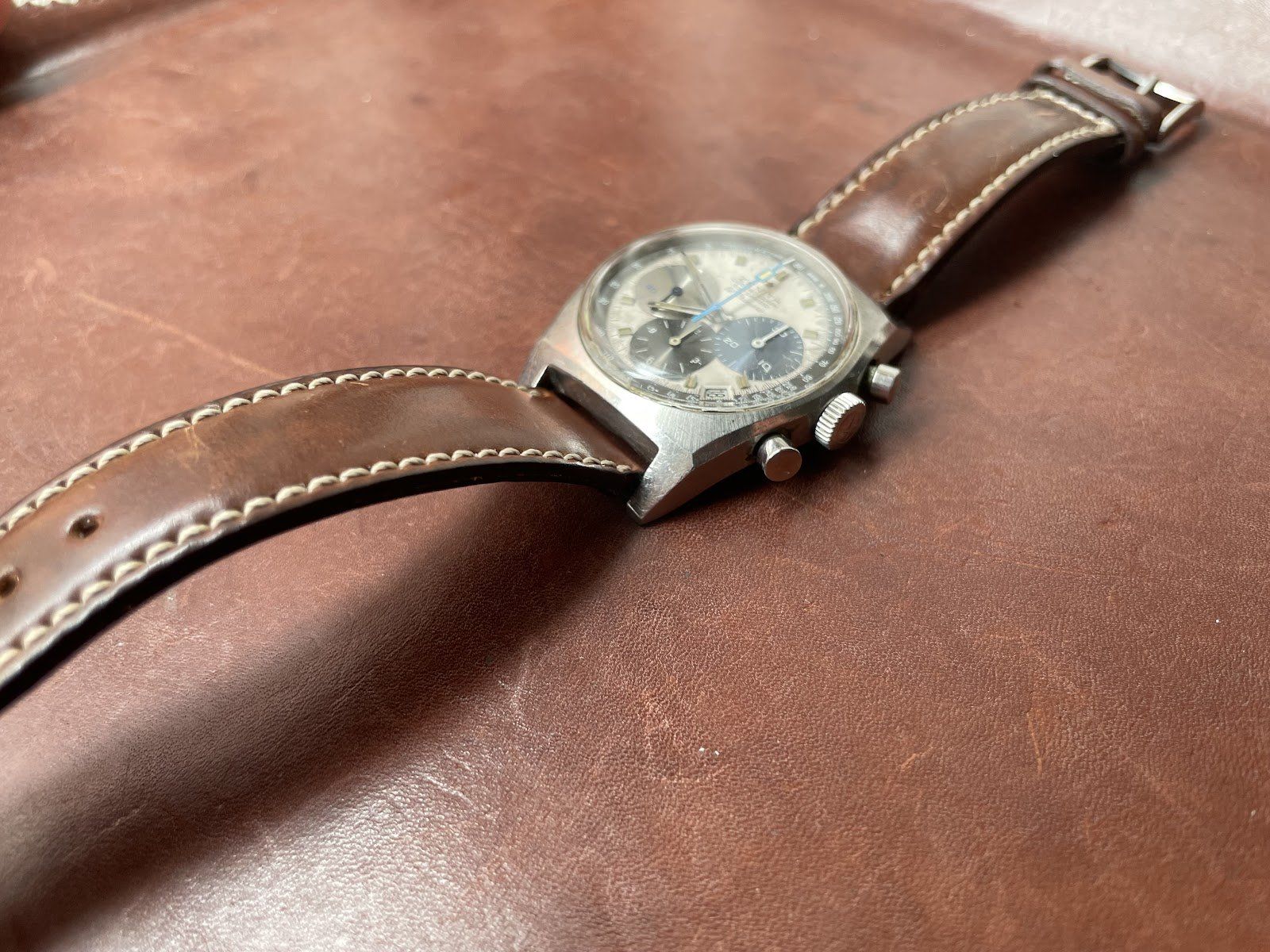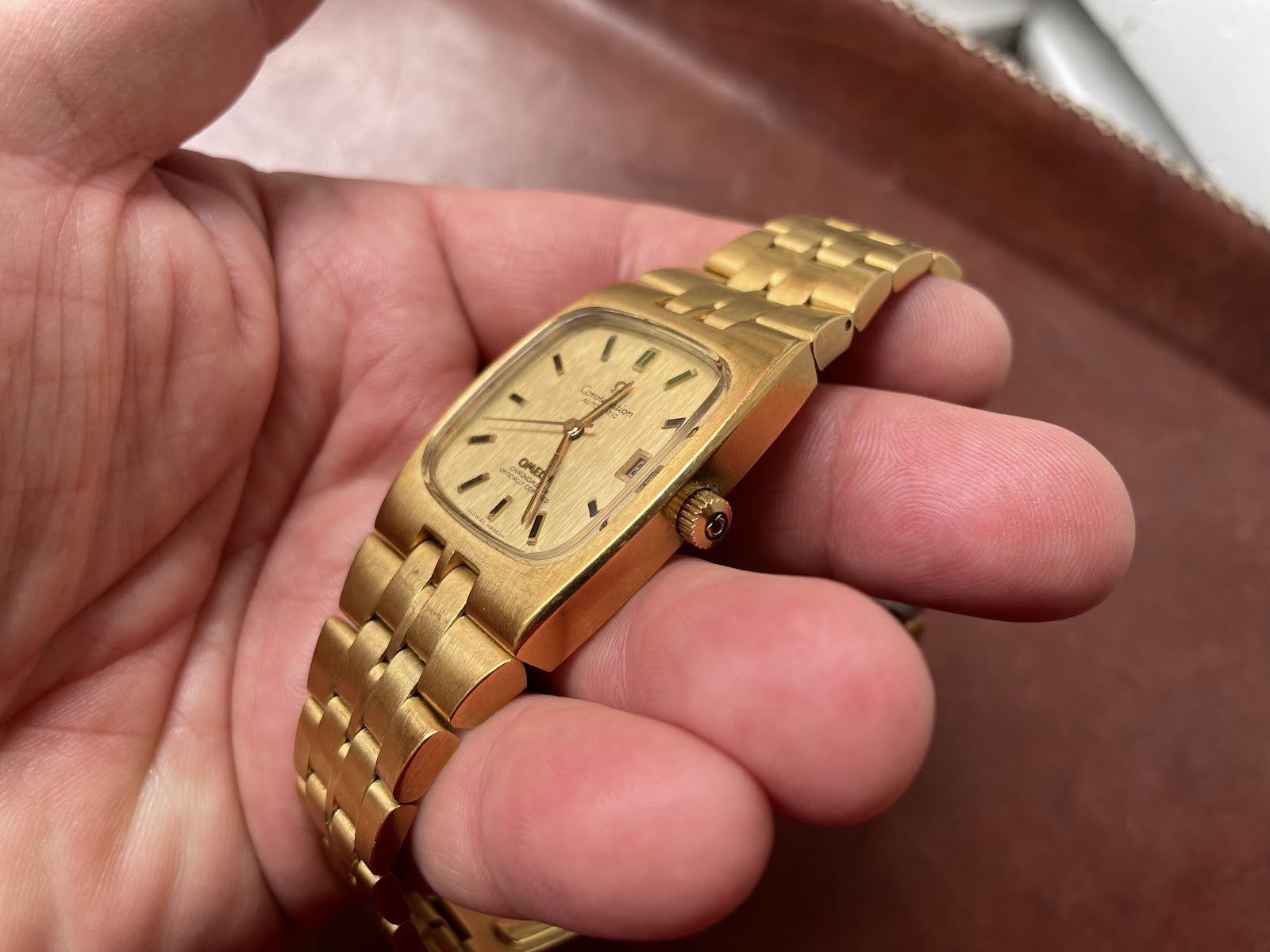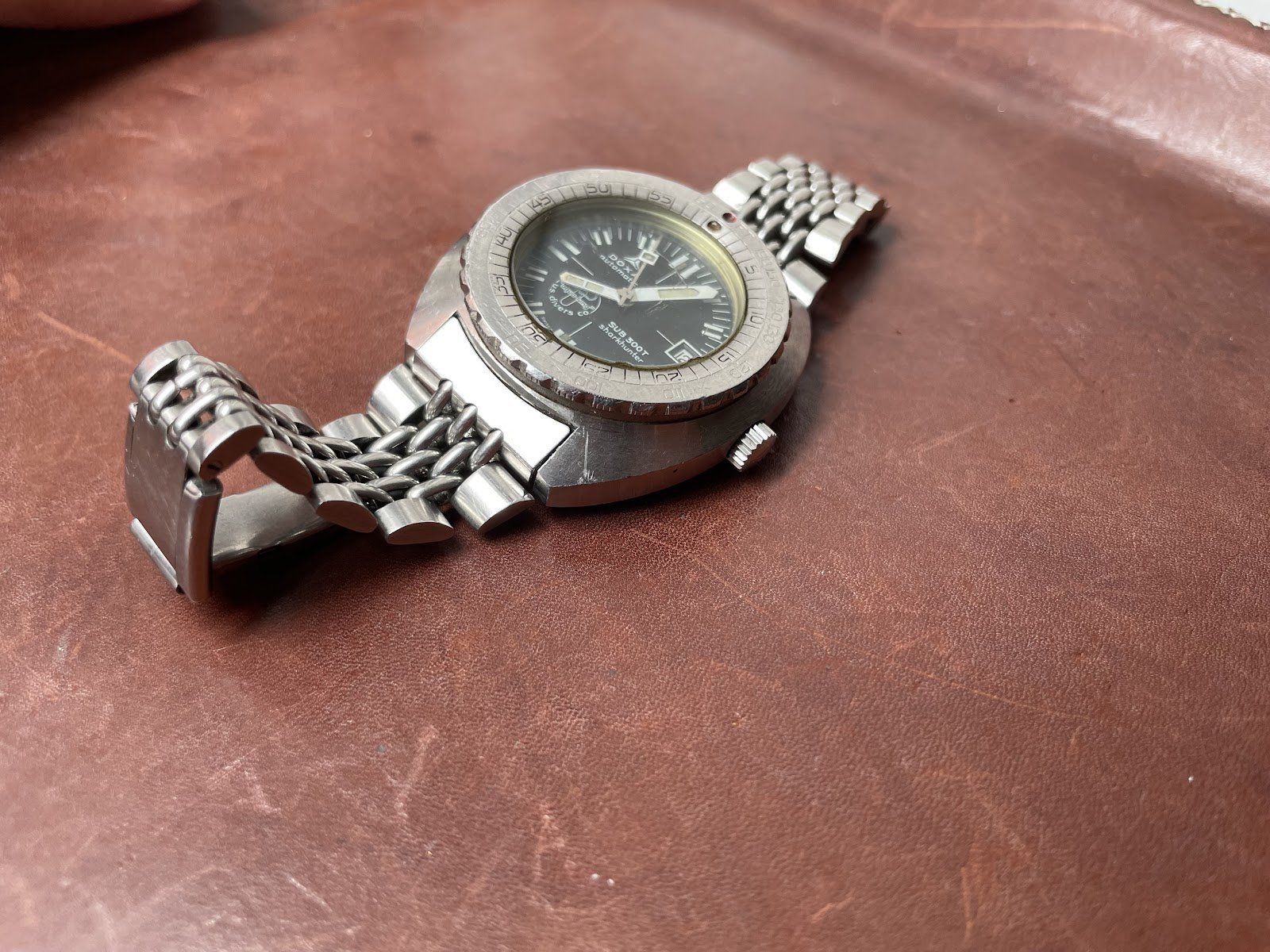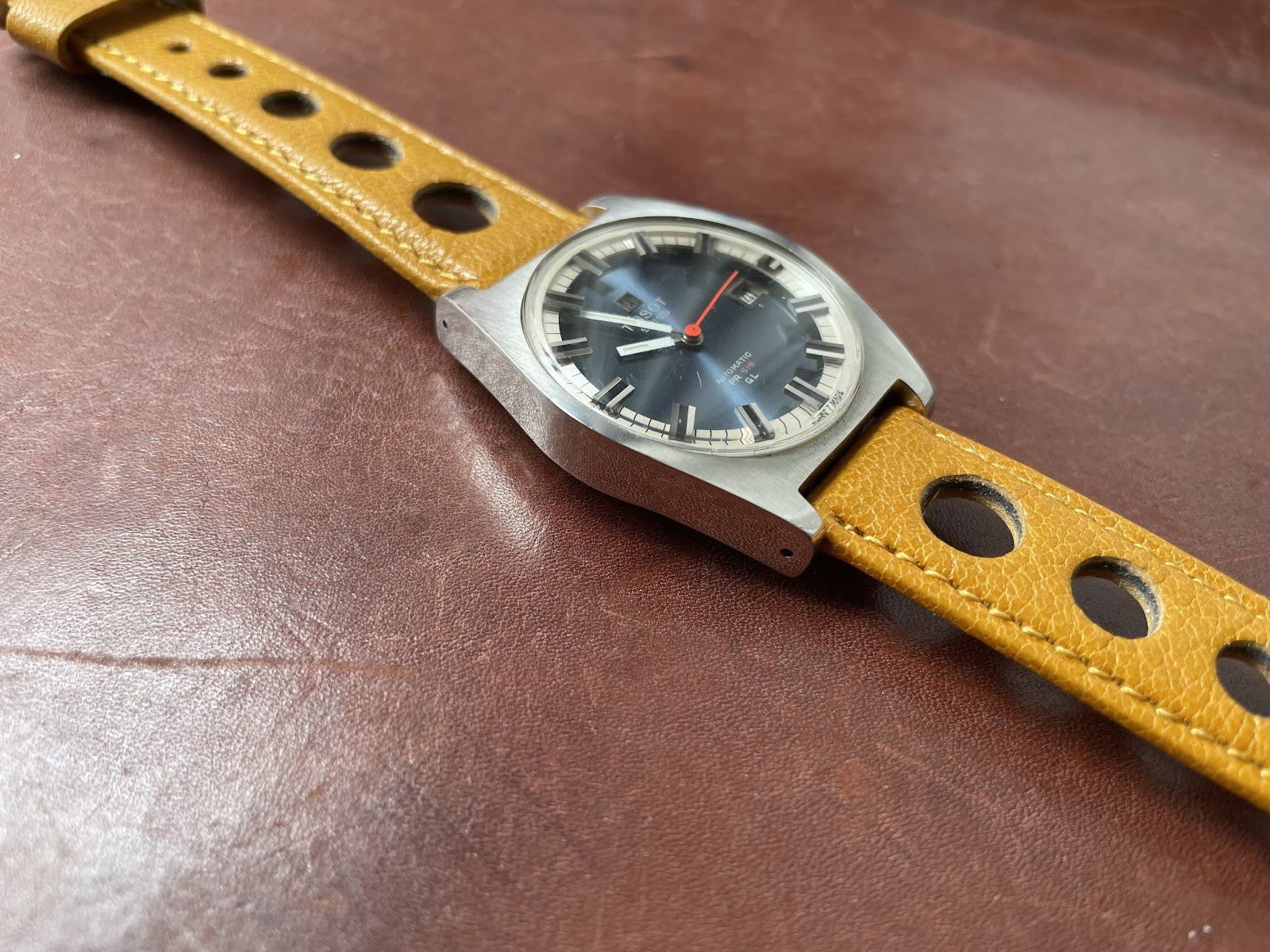We are back yet again with Episode 2 of THM’s Collector’s Corner with vintage watch expert Gregory Selch. Now that we know what exactly is a vintage watch, it’s time to understand how can we maintain these timepieces.
THM: How do you maintain these watches because they're clearly not as durable as modern watches?
Greg: Yes, getting into watch collecting can be difficult for many people. When you buy a new watch, it usually comes with a warranty. After that, dealers will give service to bring it in for scheduled maintenance. However, when dealing with vintage timepieces, you are frequently purchasing other people's troubles; the watch's past may involve elements that you cannot always see, such as water damage. This is a bad thing for a vintage watch enthusiast, yet it may have been mended by inexperienced hands. It's incredibly easy to harm a watch if you don't know how to care for it. I'm not saying you have to be an expert, but you should be cautious, and some people aren't. Some people even do their own watch repairs. We have a temptation. Oh, I'll simply open it up and do it, so don't worry about it. Unless you have extensive expertise or training, this is usually a bad idea. Many people know a famous adage that I heard once, but they stated there are only two types of people who will open a vintage watch. A watchmaker or an idiot. I open mine; perhaps I'm an idiot, but I do open them.
THM: What about the vintage watch makes you want to open them?
Greg: I like to look at the numbers, but what it really means is that there are occasions, and I've even heard watchmakers mention this, when they take a watch very gently, unscrew the back, and take the back off, and immediately springs start flying and parts go everywhere. That is a horrible scenario. You're in great trouble now since you won't be able to find those small bits. So, first and foremost, my advice on managing and keeping a vintage watch is if it is not your watch and you purchased it from someone else, my recommendation is to take it to a watchmaker rather than have them say, "Oh, is it real?" Is it not true to look at it and just see what it is?
THM: What other advice would you give people on maintaining vintage watches?
Greg: Is it up and running? Is it in need of modification? Could it use some oil? I'm not sure if watches utilise oil, although they may require some sort of lubrication. So take it to a watchmaker you trust, one who will not polish the case, one who will not modify parts without first consulting you. Take a watch to someone and say, "Fix this watch." You will receive it back. It will not appear the same as when you delivered it to them. And this is the issue. So take it to the watchmaker and have them just look at it, if you know what I mean. They are welcome to keep it on their desk. They can put it on for a short while. It's acceptable once you have a baseline, unless it's from a collection. Many of the timepieces I've purchased have been well-maintained and continue to function properly. Don't tamper with it. That's what you'll get if you take it to a watchmaker. Wear it once you've received it from the watchmaker or are delighted with it. Wear it frequently. Wear it in a variety of settings. Put it on. Make no movements. Because watches are adjusted for different angles, wear them while walking about. Or keep track of time from any perspective. They are occasionally hit. It's attached to your wrist.
THM: That’s interesting. What would be your advice to someone who’s buying a vintage watch?
Greg: So, as long as you have your watch running, you should be good. My honest advice to everyone is to avoid purchasing a watch that appears to be brand new. In my opinion, don't look for something that appears to be new, redone, or anything of the such. Because that generally indicates that someone else has done all of your job and you have no idea what that work is. My advise to watch buyers is to try to find a watch in as original a condition as possible. And if you need to service it yourself. That is extremely important advice. You should service it yourself. Don't purchase anything. You certainly can. There are moments when you simply need it. The cost is reasonable. If the price is right, always buy it. However, if you have an option between something that may need some service and looks original and something that has been thoroughly serviced and looks brand new, you should go with the one that needs servicing and do it yourself, but find a skilled watchmaker.
THM: I read all these different things online about vintage watches and how you need to be really gentle with them, keep them away from water, and when changing the time always do it clockwise don't do it anti-clockwise. So are any of those true?
Greg: Some of the things are extremely true, in my opinion. Of course, watches that don't aren't supposed to be water resistant or anything - use extreme caution when exposed to wetness. They are completely defenseless. These were watches created for persons who sat in offices or in staterooms on ships while smoking cigars. Take extreme caution when dealing with them. Rain will pour right in. And these parts rust in a fraction of a second; even humidity in the air may rust the movement, and it will; it will damage it, and untreated rust will eat it over time. I'm not sure if people realise this, but rust is the oxidization of the metal itself. It is the metal itself that is oxidising. As a result, when you remove the rust, you will find little holes in your metal. When rust accumulates, it can eat away at metals such as steel and iron.
When it comes to intricate timepieces, there's one thing to keep in mind. And what I mean by complicated watches is that, even if it has a date change at midnight, it changes to the following date, but especially if it has a moon phase, do not alter the time. I mean, don't mess with the settings. When the watch is between 6 pm and midnight, possibly two or three because that is when all of the watch's features are fully loaded.
They're all set. As a result, altering things might really muck things up. So, if you're going to change everything on the watch, try to set it for nine a.m., two p.m., or something along those lines. Do not attempt it before midnight or anytime near midnight. It is extremely risky and may cause damage to the fragile watch.
Well, those were some important tips and tricks on maintaining vintage timepieces. But what should one look for when buying a vintage watch? Stay tuned as we uncover these secrets and bust some myths about the maintenance of vintage watches!











